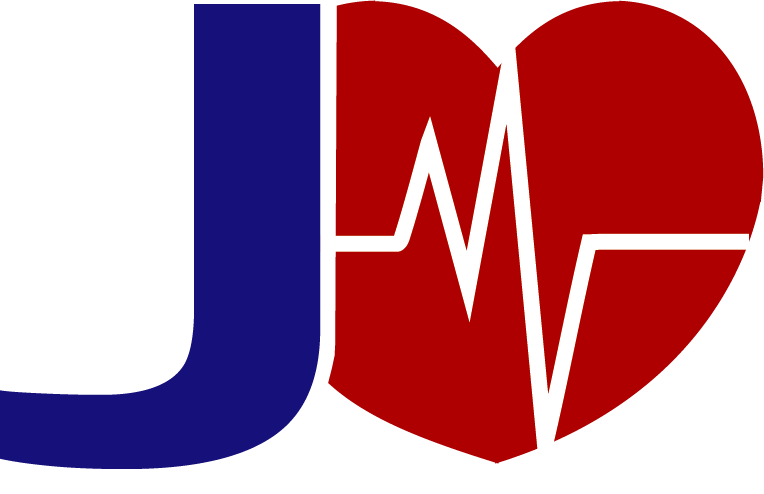Percutaneous Coronary Intervention
Last updated: 23 Jun 2025 | 1661 Views |


![]()
Percutaneous Coronary Intervention
Percutaneous Coronary Intervention (PCI): Non-Surgical Treatment for Coronary Artery Disease
Percutaneous coronary intervention (PCI), also known as balloon angioplasty or stenting, is a procedure used to treat patients with blocked or narrowed coronary arteries without the need for major surgery like open-heart surgery. PCI is an effective alternative to restoring blood flow and reducing symptoms of heart disease.
Meaning and principles of PCI
Percutaneous coronary intervention (PCI) is a procedure used to treat patients with coronary artery disease (CAD) that prevents blood from flowing to the heart muscle adequately, resulting in chest pain (angina) or myocardial infarction (MI). PCI opens the blocked artery and restores blood flow.
PCI process
1. Patient preparation: Before performing PCI, the doctor will check for history of drug allergies. Check the results of various tests such as heart function tests (ECG, Echocardiogram) and may use cardiac catheterization to clearly identify the blocked blood vessels.
2. Catheterization: The doctor will insert a catheter through a large blood vessel in the leg or arm using a special tool that can take pictures inside the blood vessel (Fluoroscopy) to see the location of the blocked blood vessel.
3. Balloon Angioplasty: When the catheter reaches the blocked area, the doctor will place a balloon at the end of the catheter and inflate the balloon to open the blocked blood vessel. This process will help improve blood flow.
4. Stent Placement: If the blood vessel is still at risk of blockage after expansion, the doctor will insert a stent, which is a metal structure that looks like a mesh and helps support the blood vessel to remain open.
5. Follow-up after PCI: After PCI is complete, the patient will have to stay in the hospital to monitor blood flow. And monitoring for complications such as bleeding from the catheter insertion site
Advantages of PCI
• Fast recovery: Since it is a treatment that does not require open-heart surgery, patients can return to their normal activities faster.
• Reduced risk of chest pain: PCI improves blood flow, reduces chest pain, and prevents ischemic heart disease.
• Reduced complications from heart disease: Angioplasty and stenting reduce the risk of myocardial ischemia and heart attack.
Possible risks and complications
Although PCI is an effective treatment, there are still some risks that may occur, including:
1. Bleeding: PCI requires puncturing a blood vessel to insert a catheter, which can cause bleeding, especially at the site of the catheter insertion.
2. Recurrent stenosis: Many times, a coronary artery may re-stenosis after PCI, especially if the patient does not follow the doctor's advice.
3. Thrombosis: After PCI, a blood clot may form that can block the blood vessel, causing myocardial ischemia.
4. Coagulation: The installation of a stent in the blood vessel can stimulate blood clotting, which can cause blood clotting in the area of the PCI.
Post-PCI care
After PCI, patients will receive antiplatelet drugs. (antiplatelet drugs) to prevent blood clots in the expanded arteries and it is necessary to monitor for infection or other complications after PCI. In addition, patients should make lifestyle changes, such as:
• Diet control: reduce high-fat foods, reduce salt and sugar intake
• Exercise: Regular exercise can help improve heart function and reduce the risk of coronary heart disease
• Quitting smoking: Smoking is one of the causes of coronary artery disease. Quitting smoking reduces the risk of cardiovascular disease
• Control blood pressure and cholesterol: Control blood pressure and cholesterol levels to reduce the risk of coronary heart disease![]()
Summary
Percutaneous coronary intervention (PCI) is a highly effective treatment for patients with coronary artery disease without the need for major surgery. It reduces chest pain and the risk of ischemic heart disease. However, patients should monitor their symptoms and make lifestyle changes to prevent coronary heart disease in the future.
Related content
Cavernous Sinus Thrombosis
19 Jul 2023
Deep Vein Thrombosis
17 Aug 2022
Coronary Artery Disease
17 Aug 2022
KAWASAKI DISEASE
28 Oct 2022














